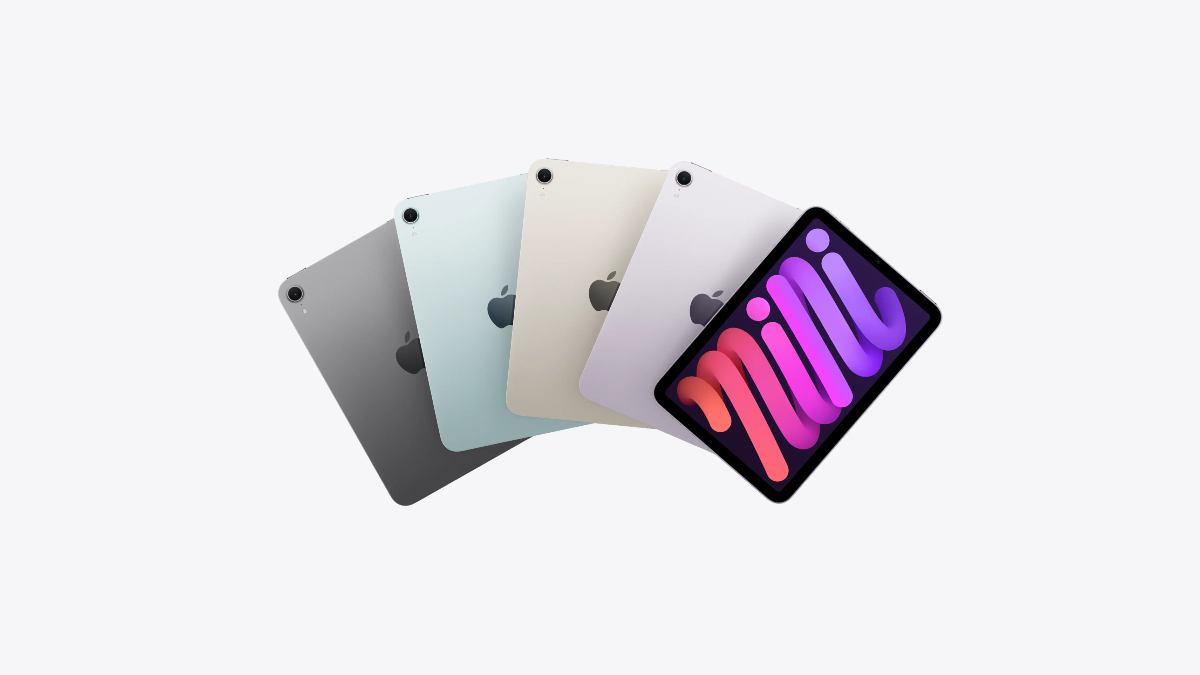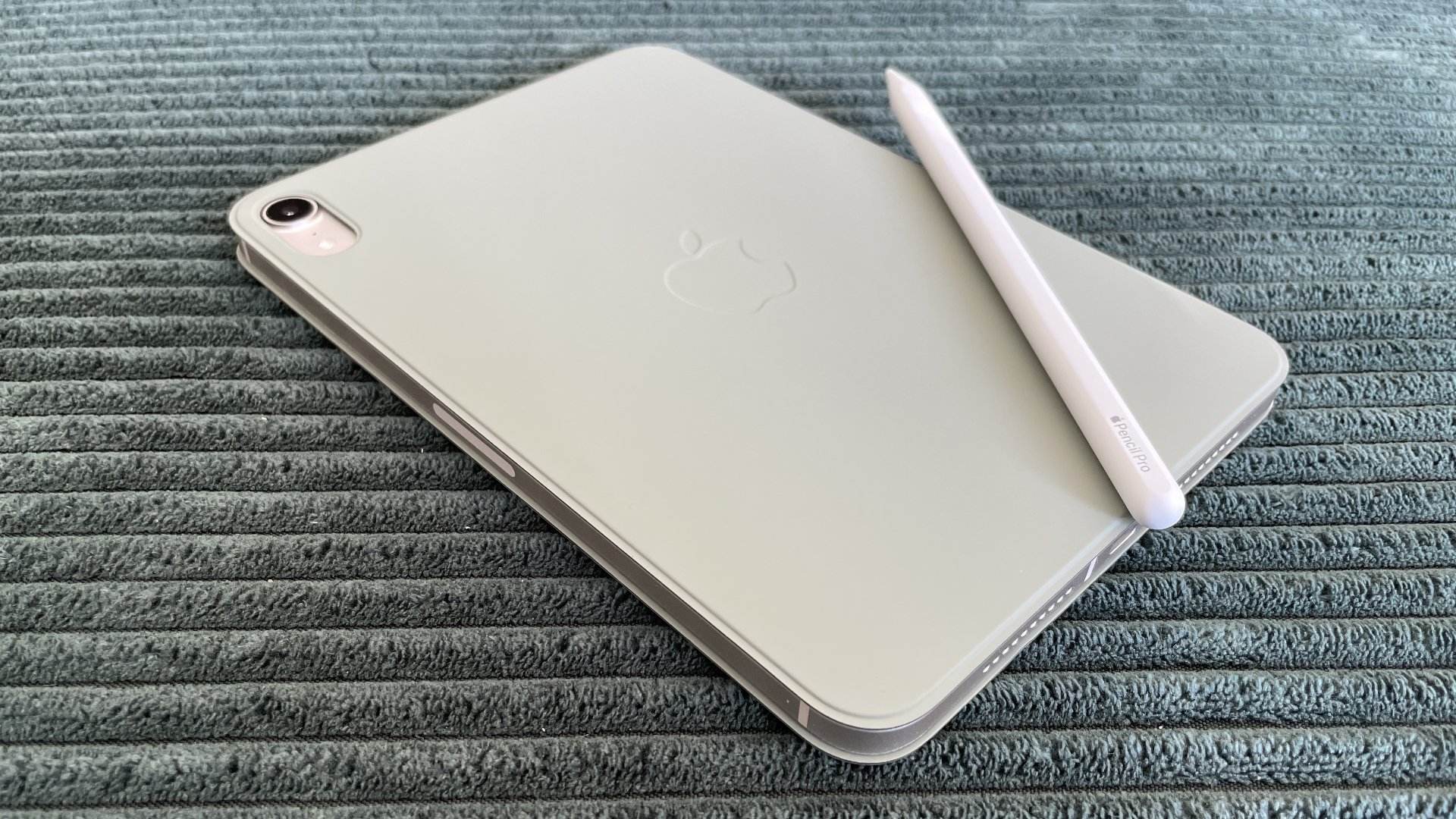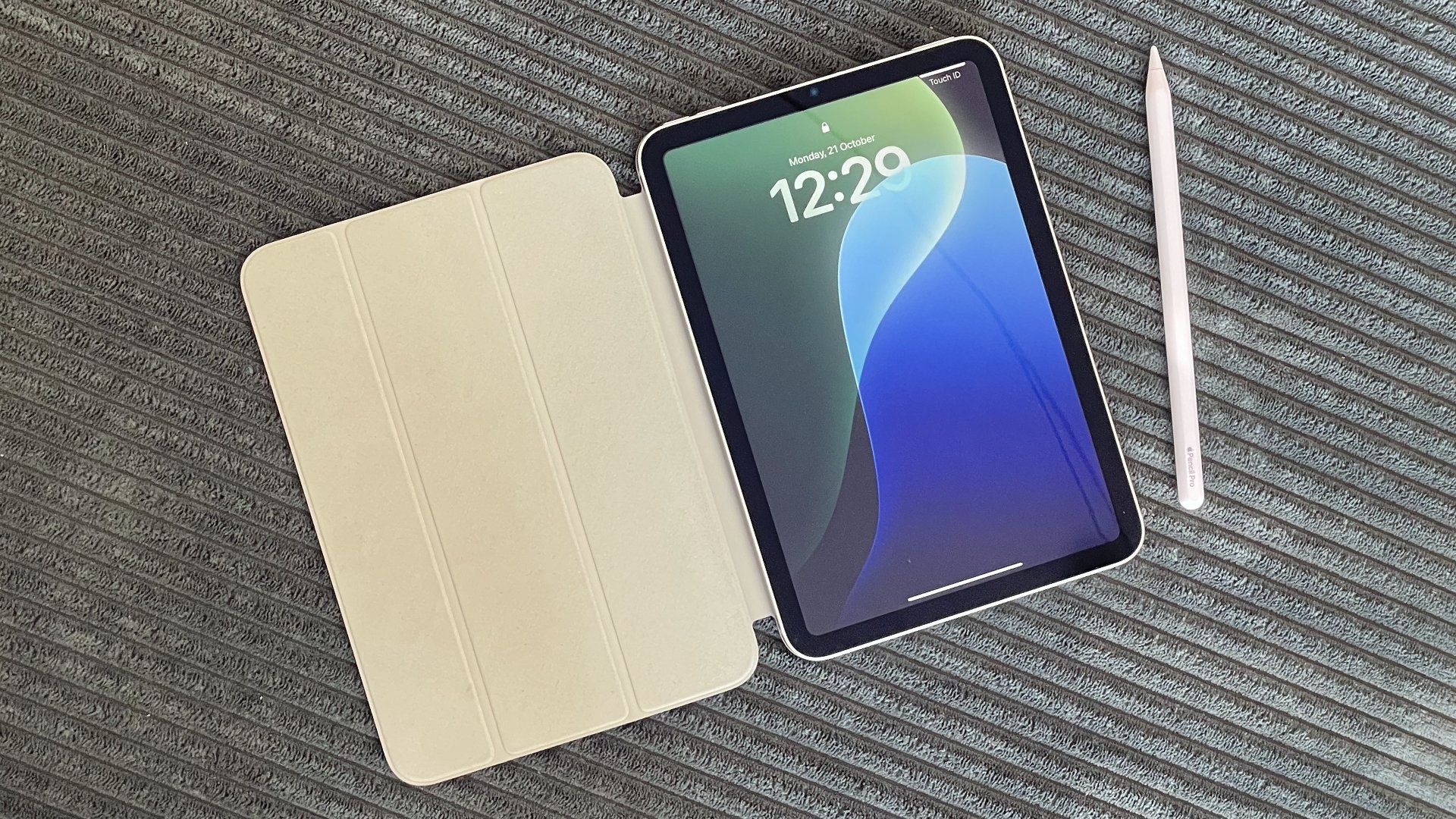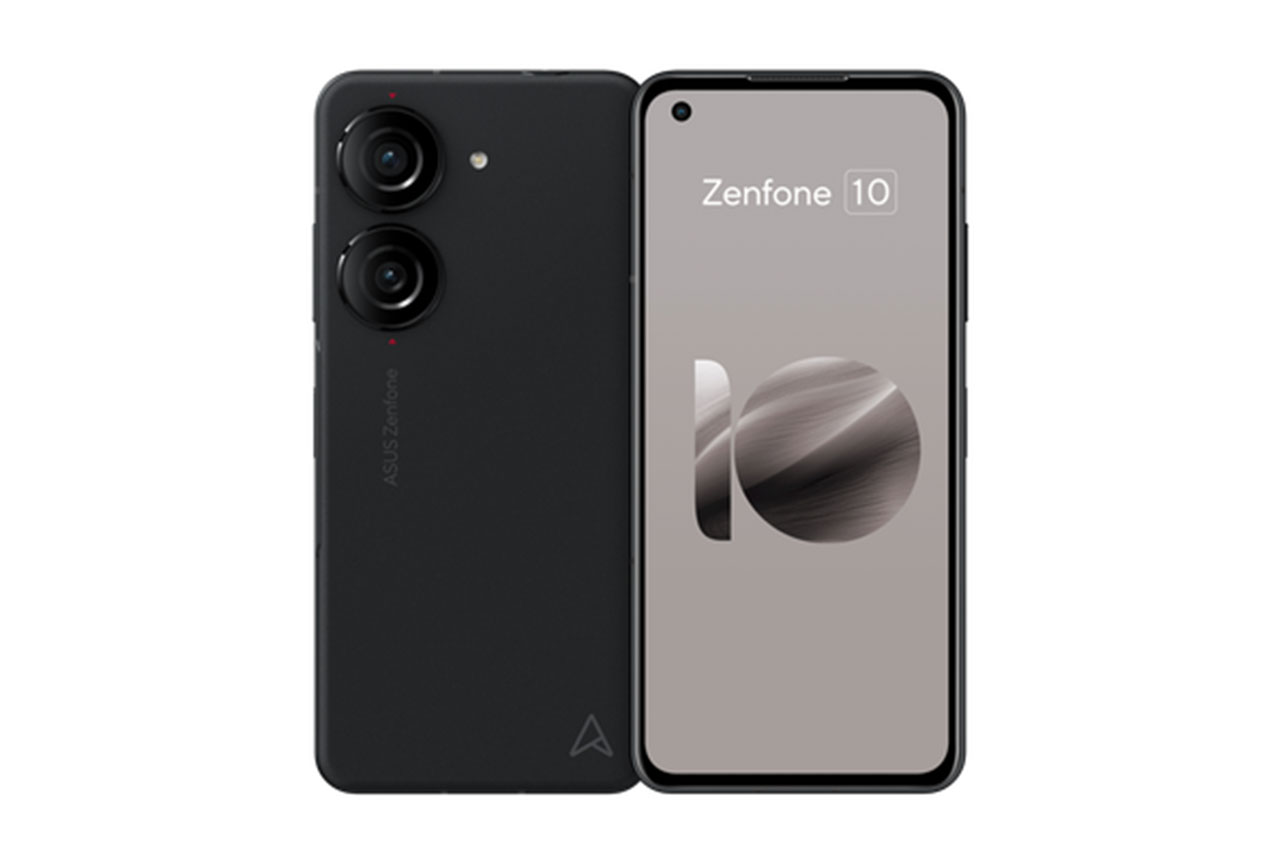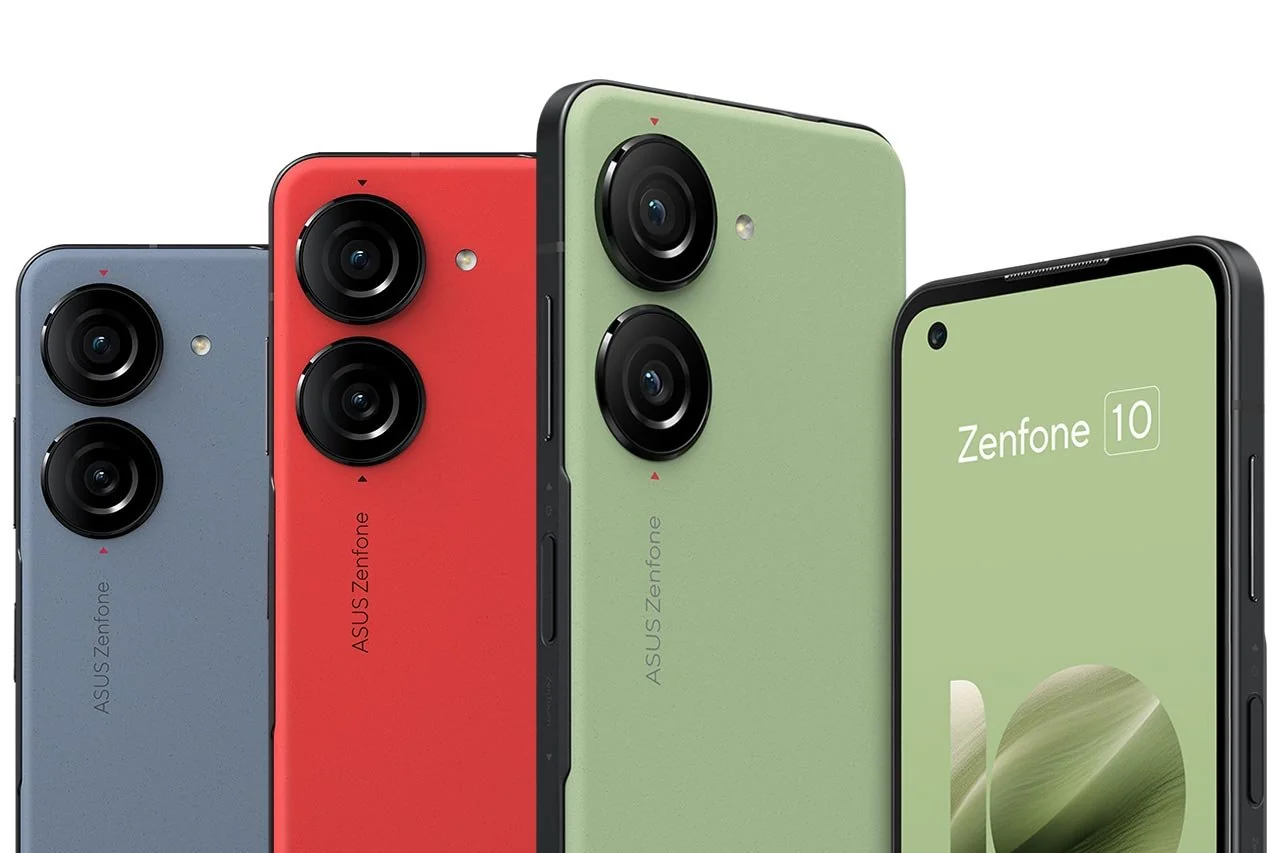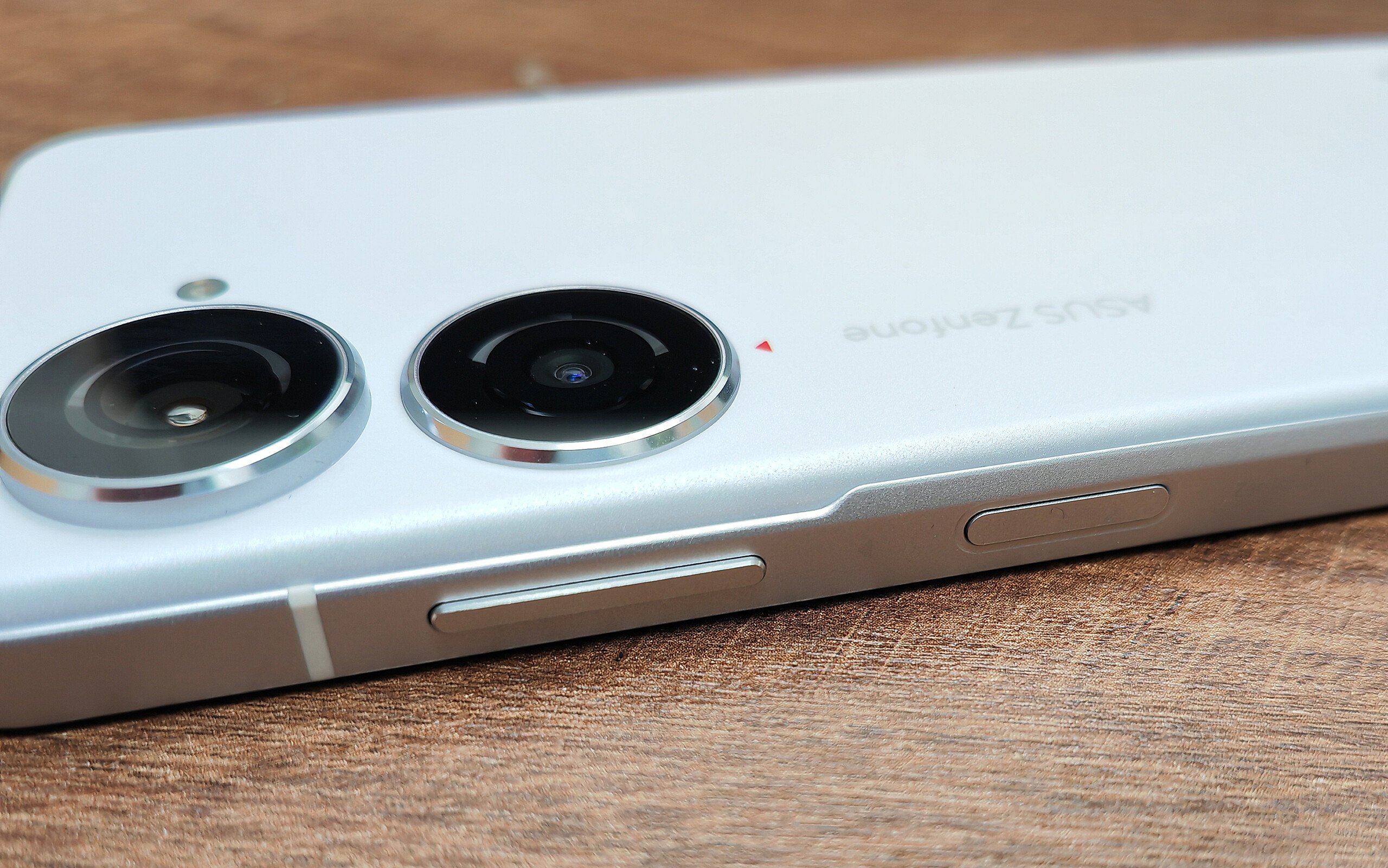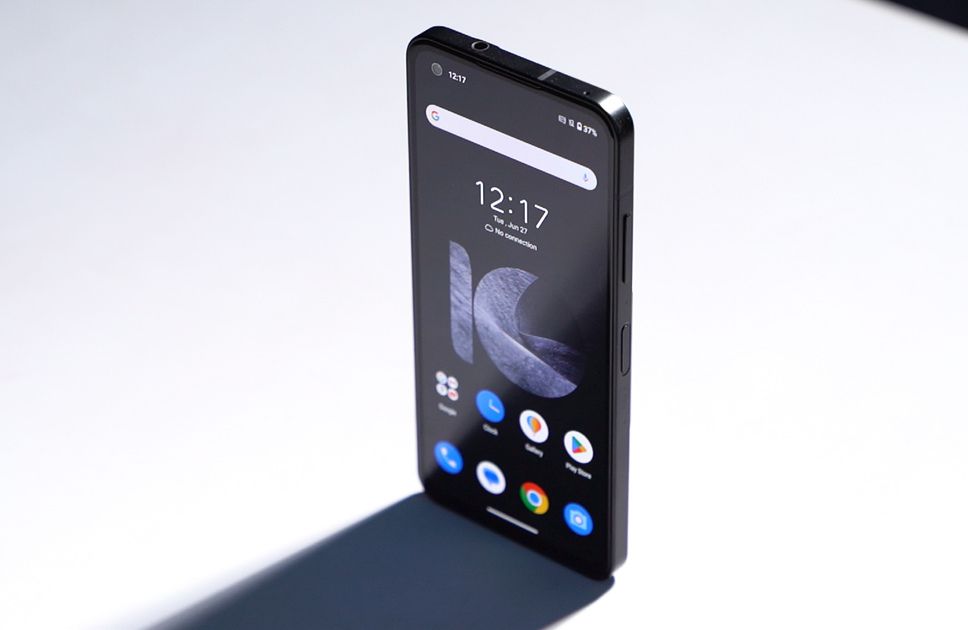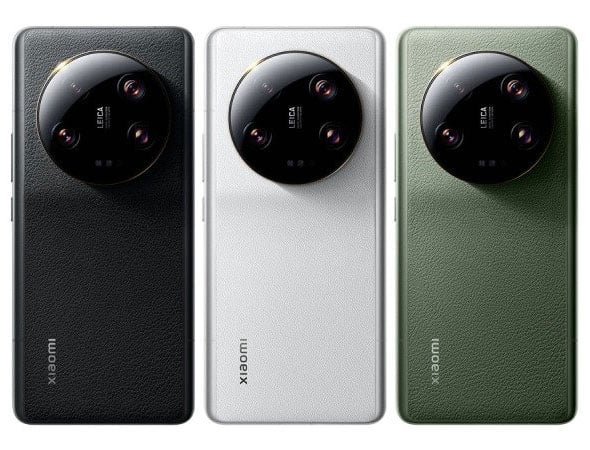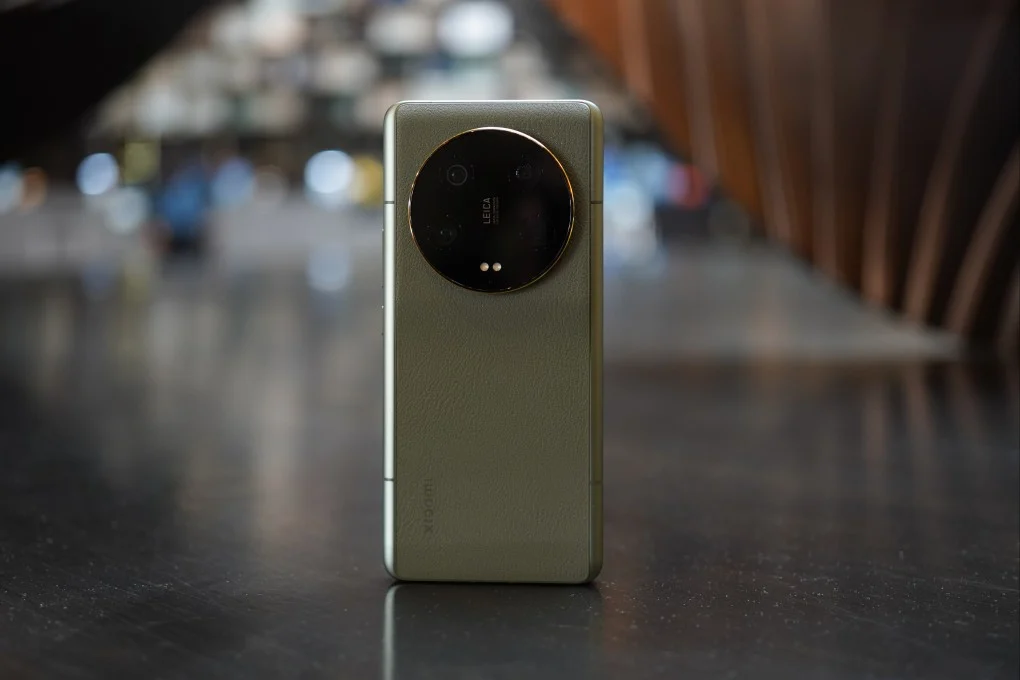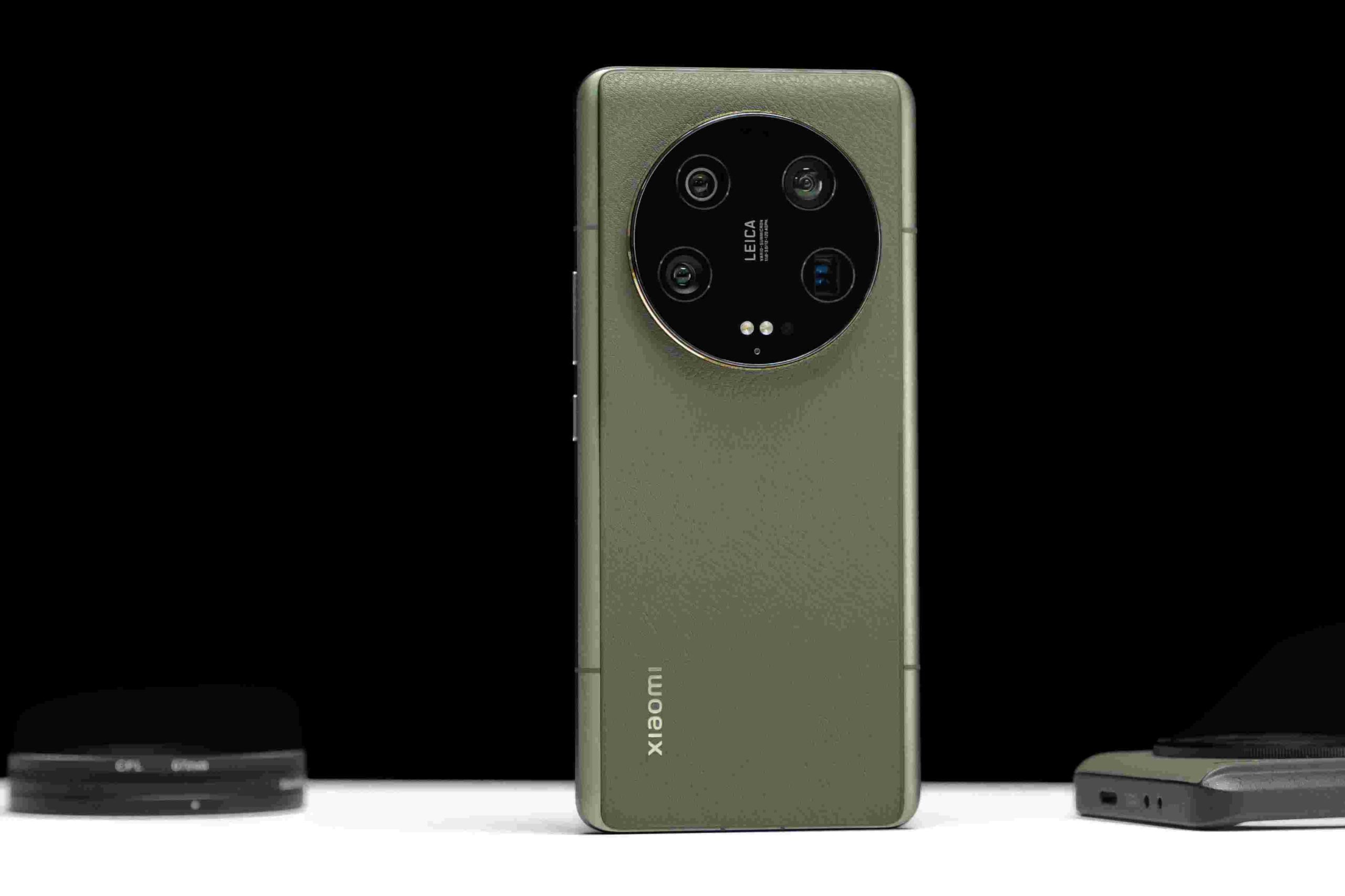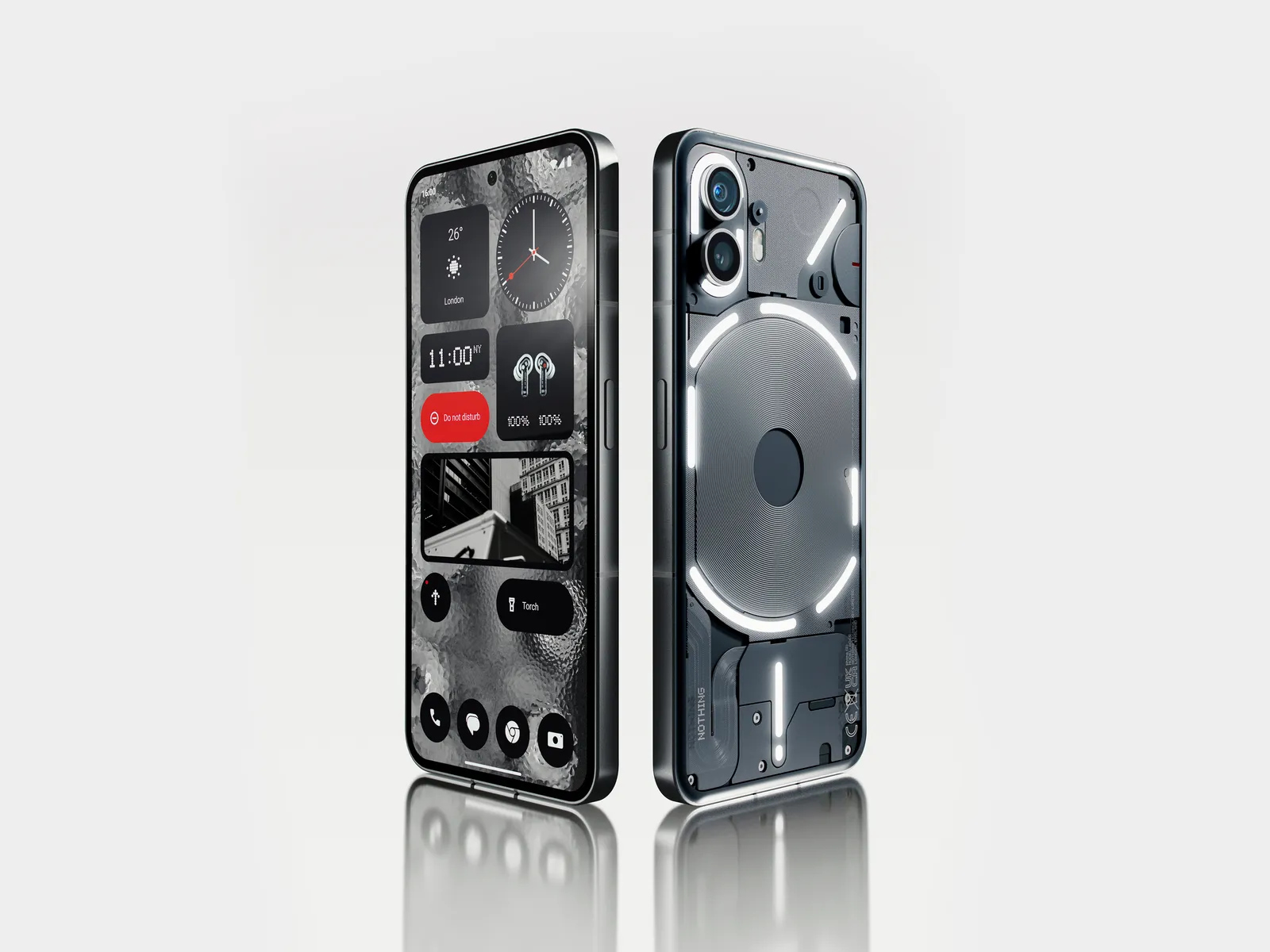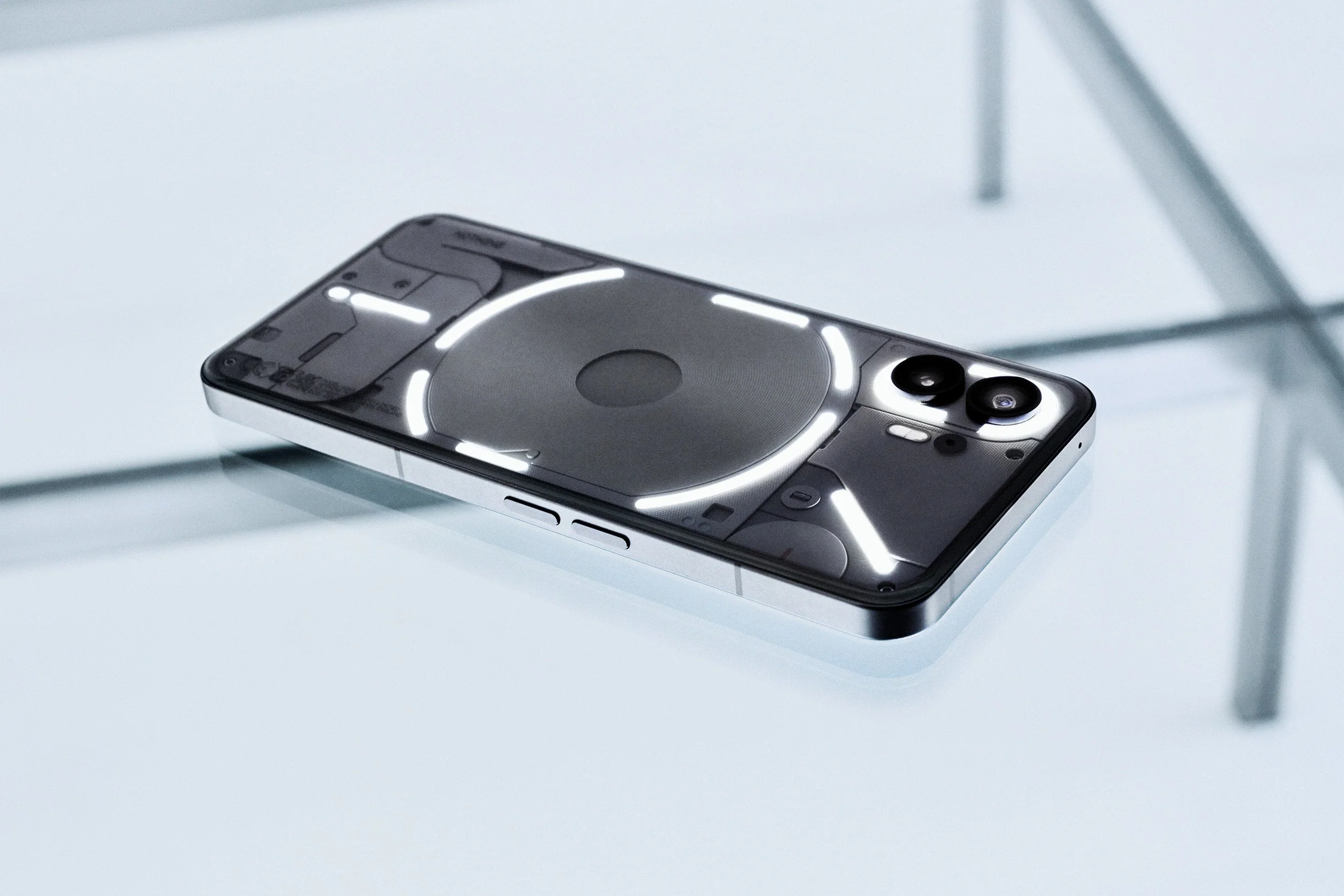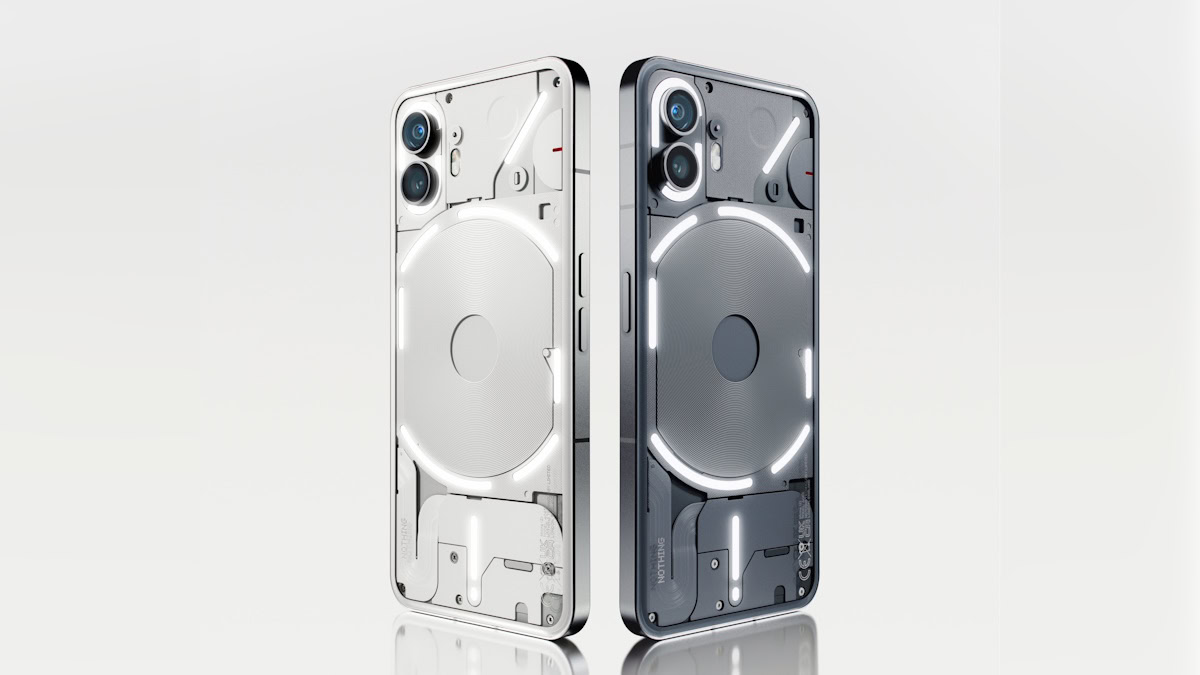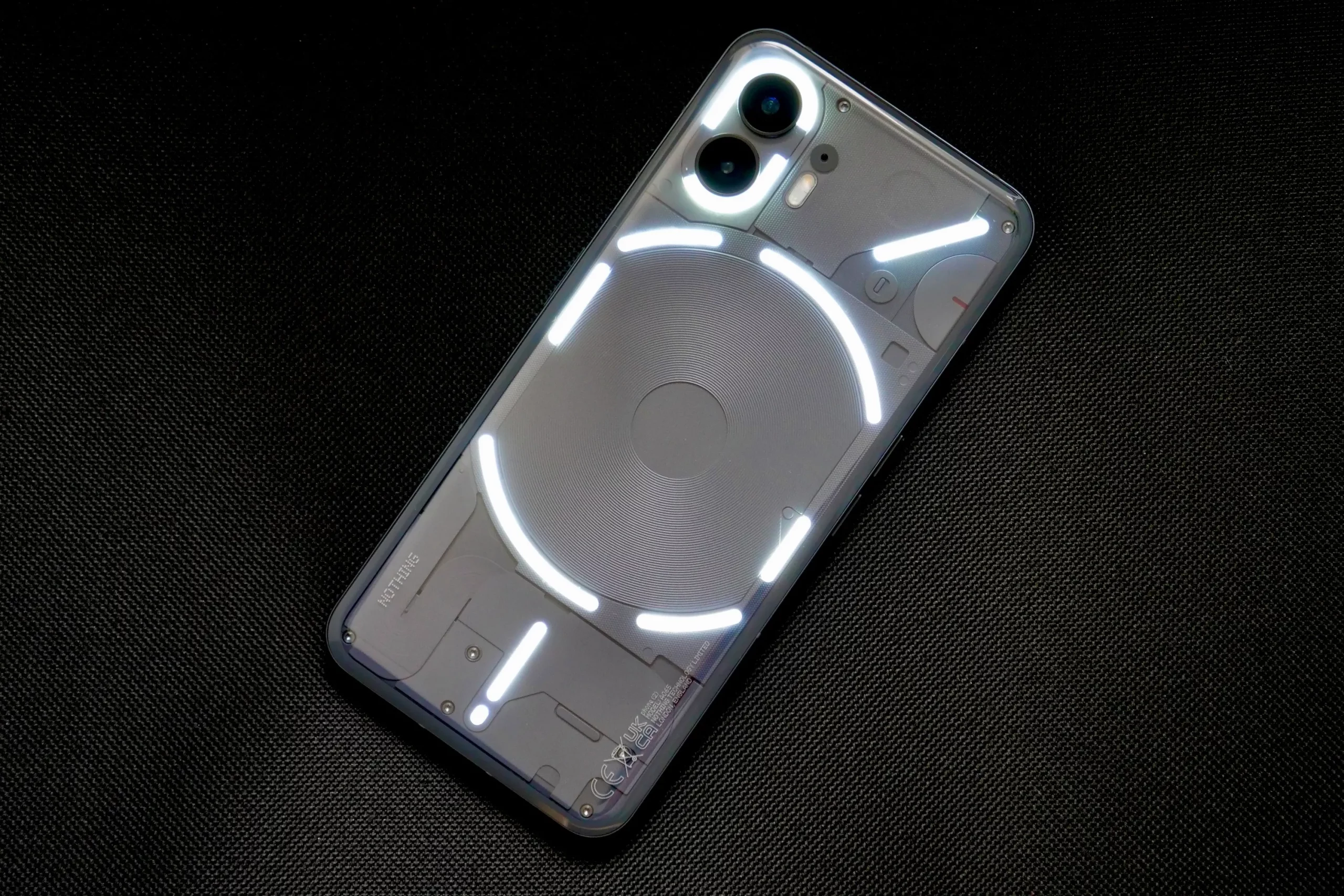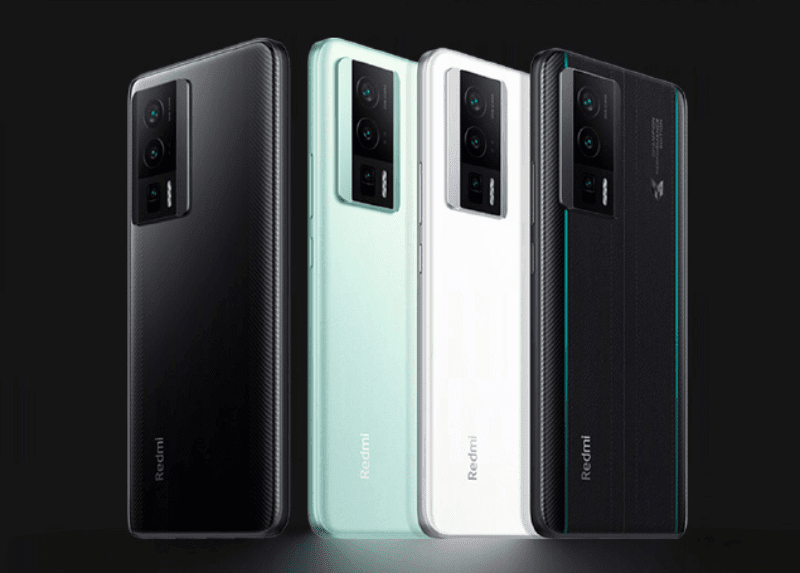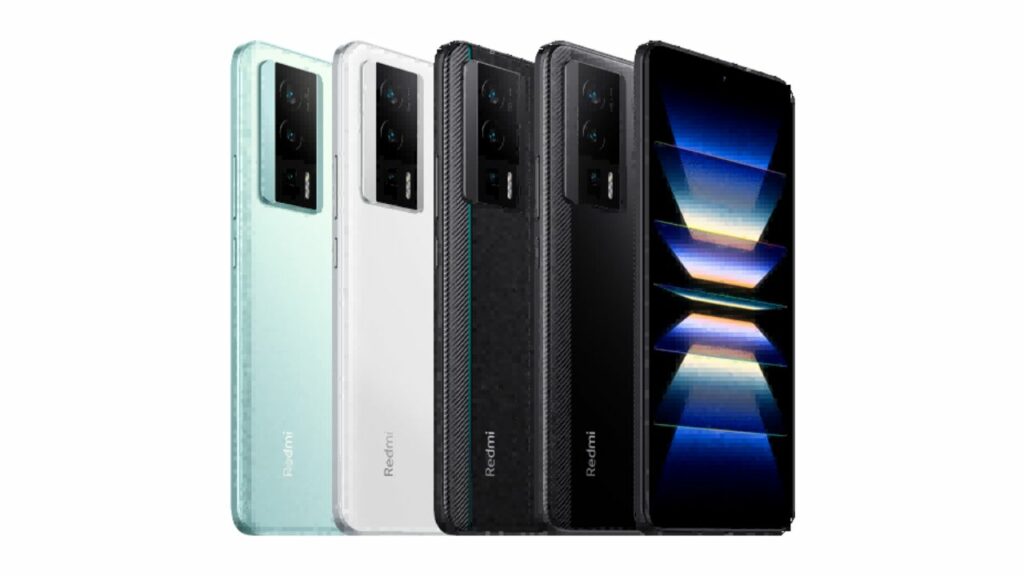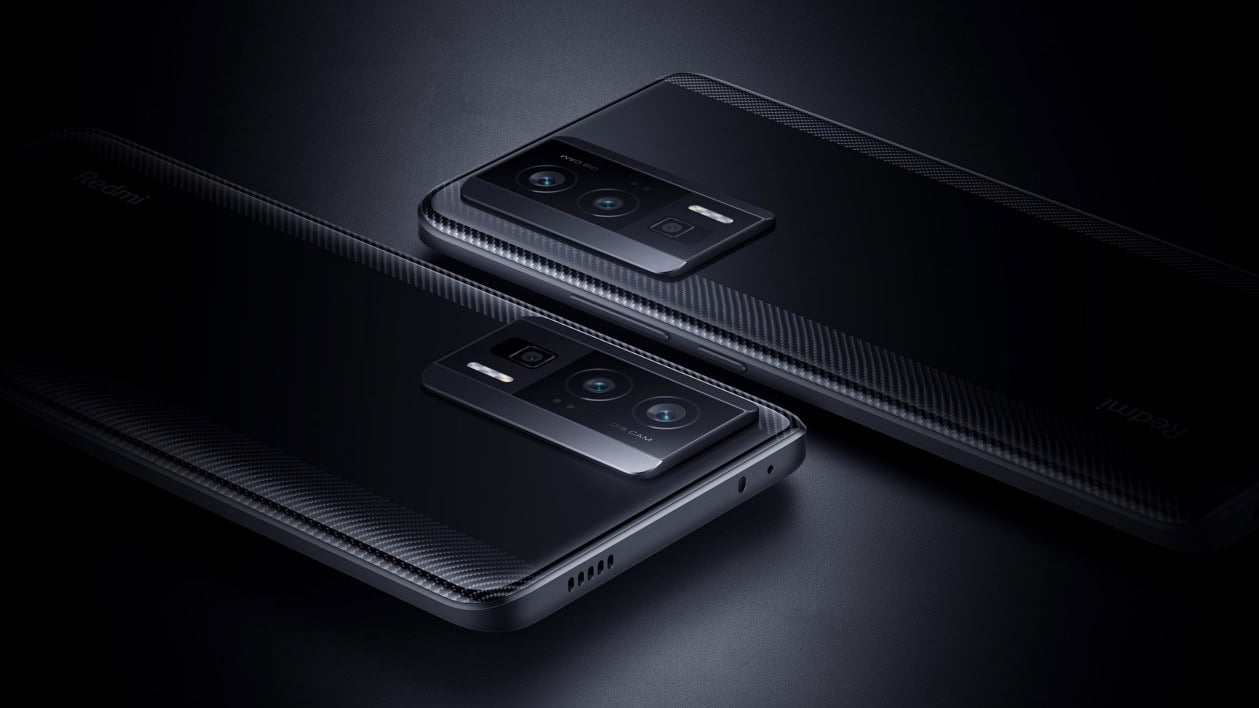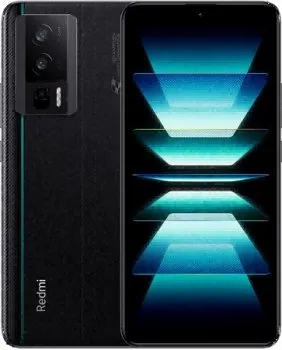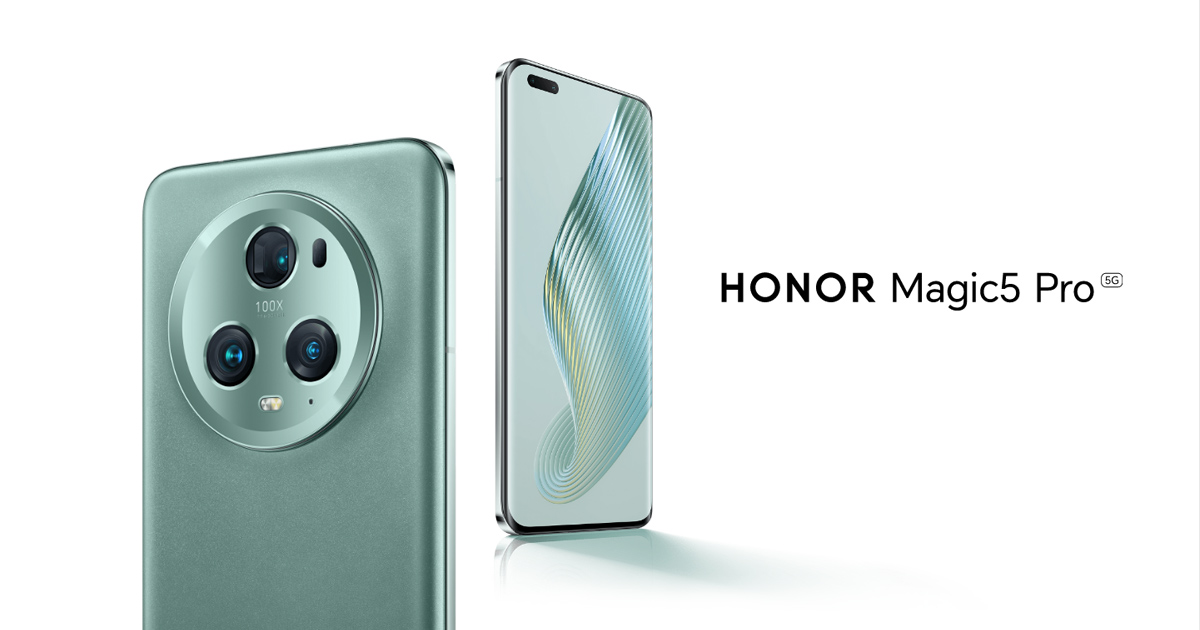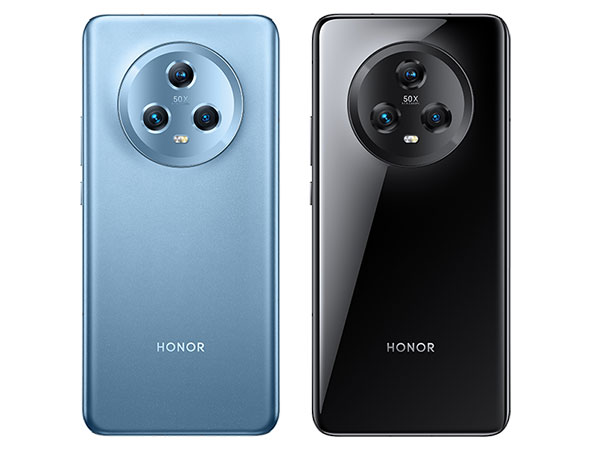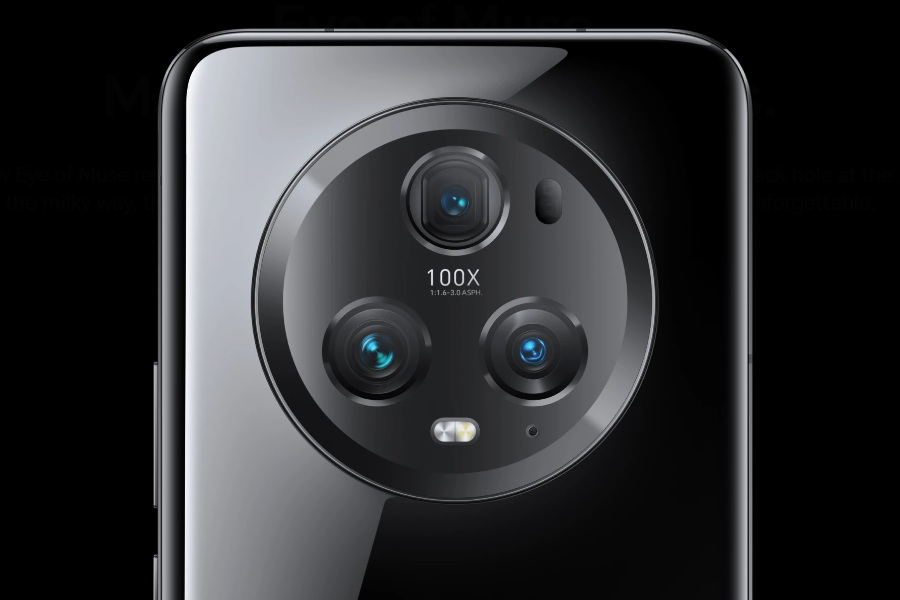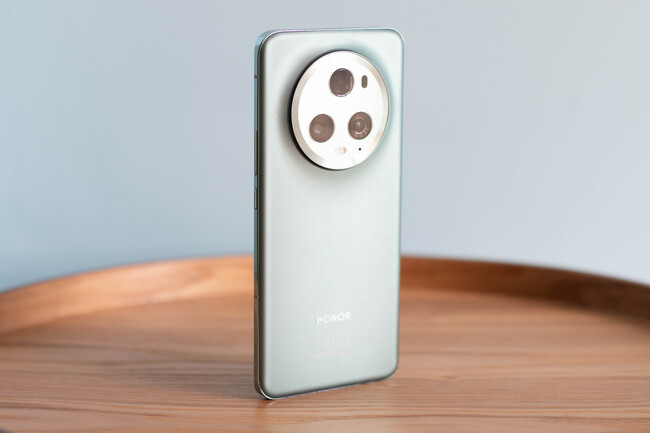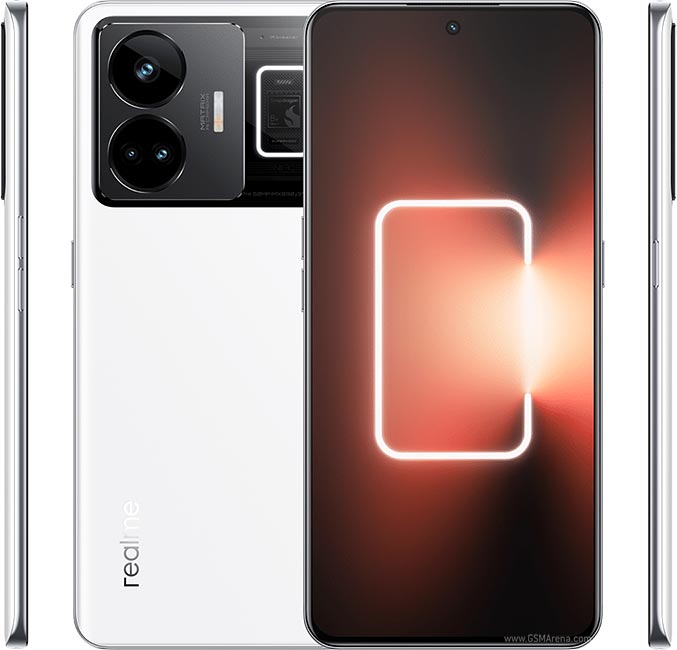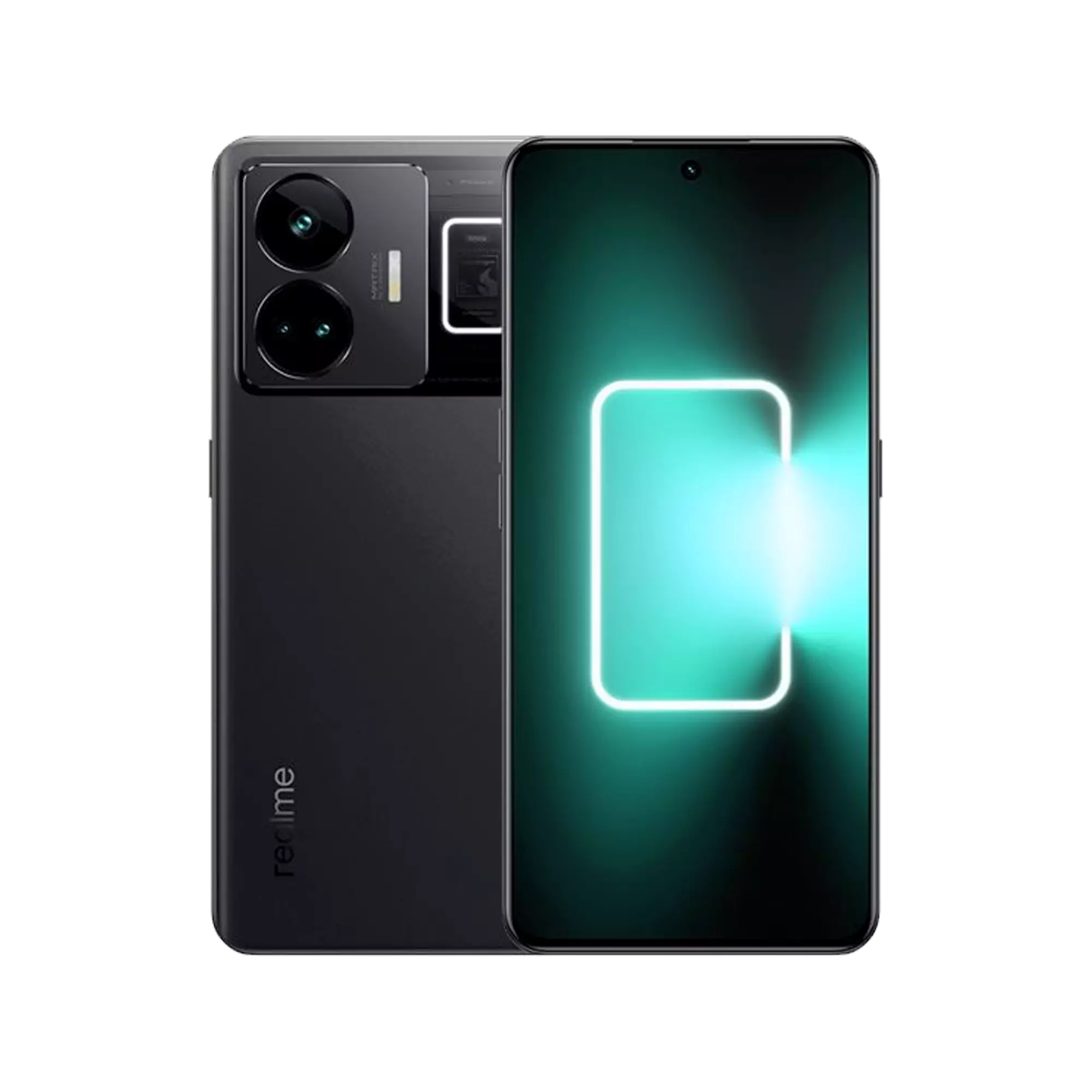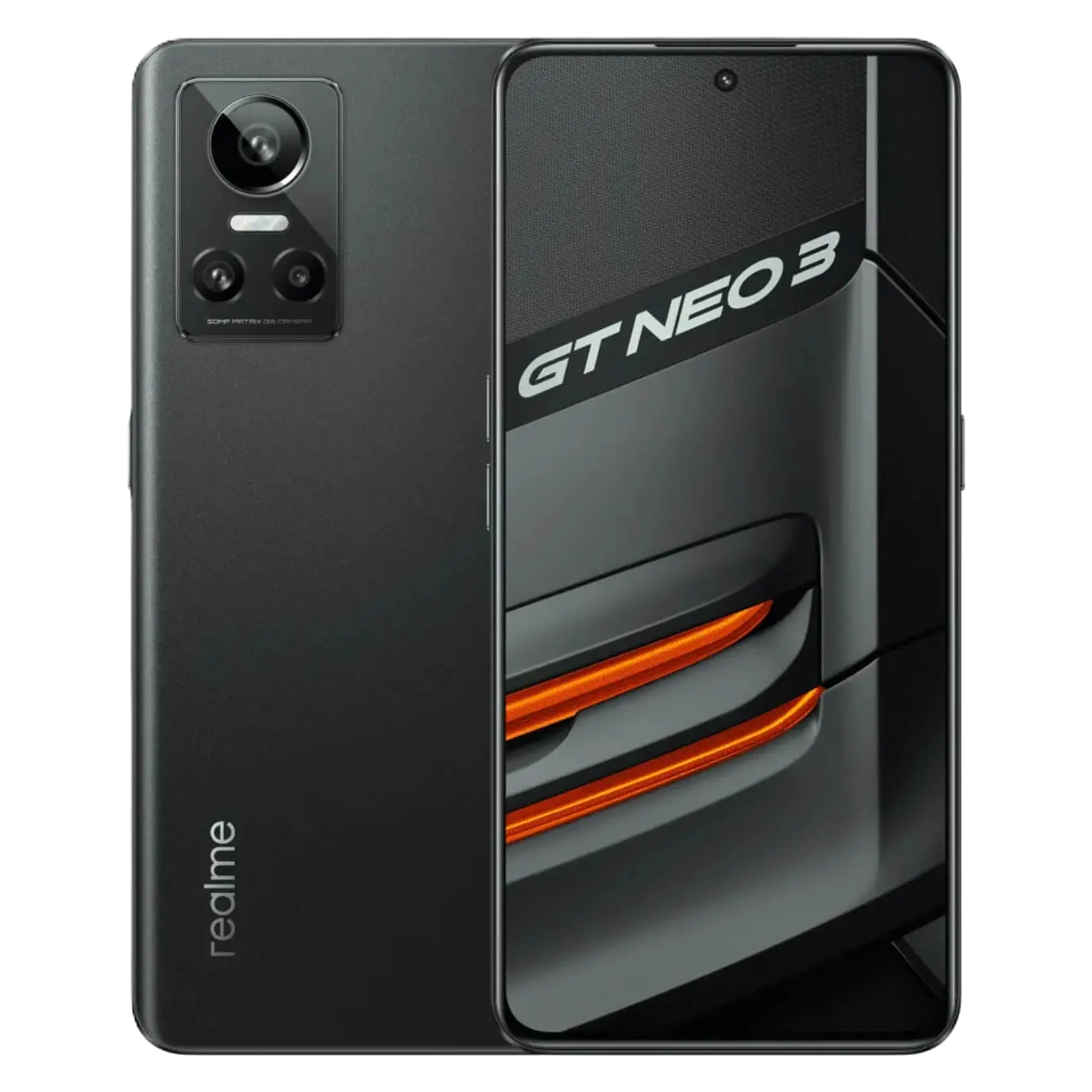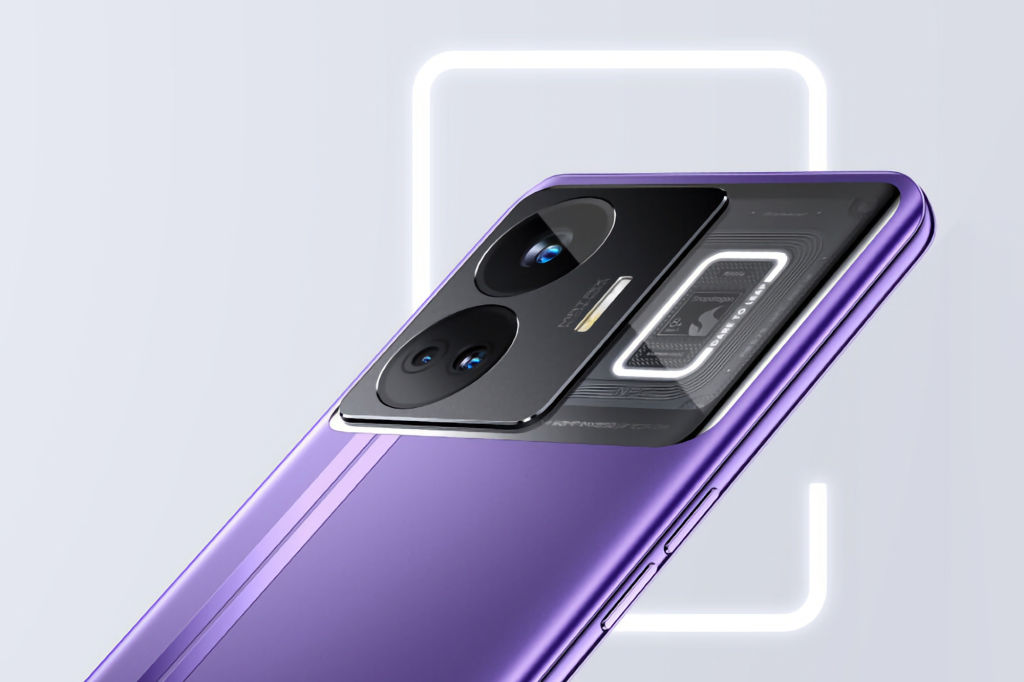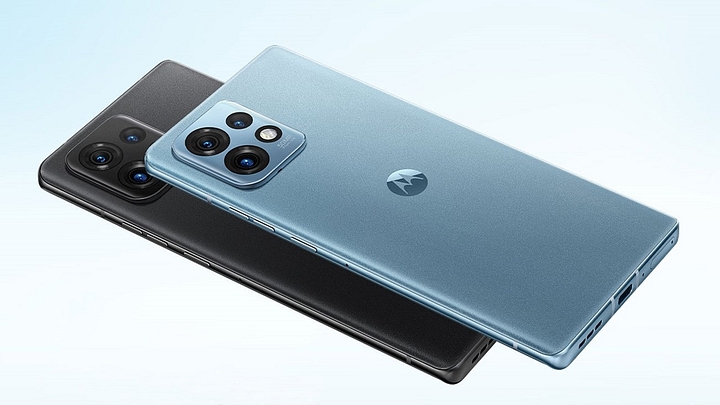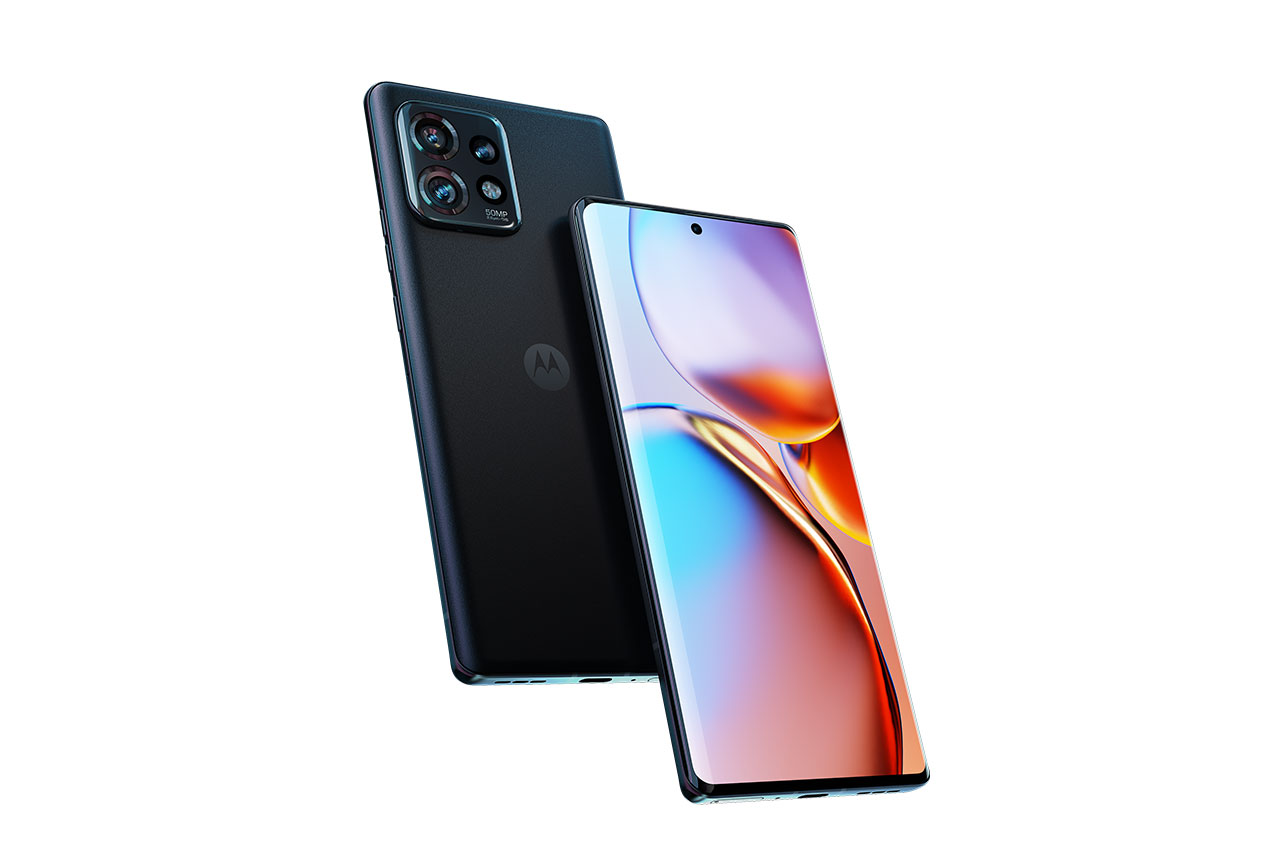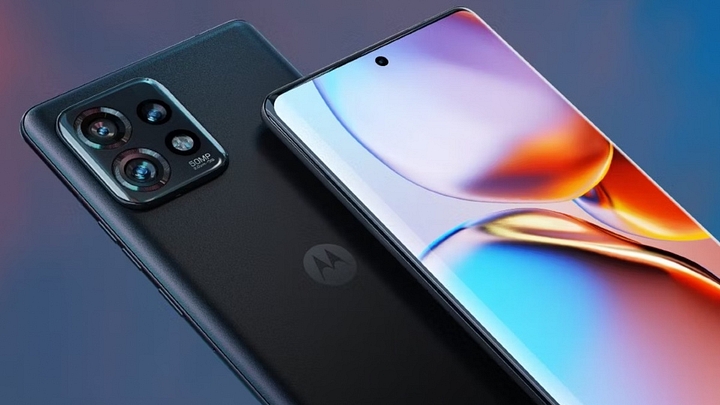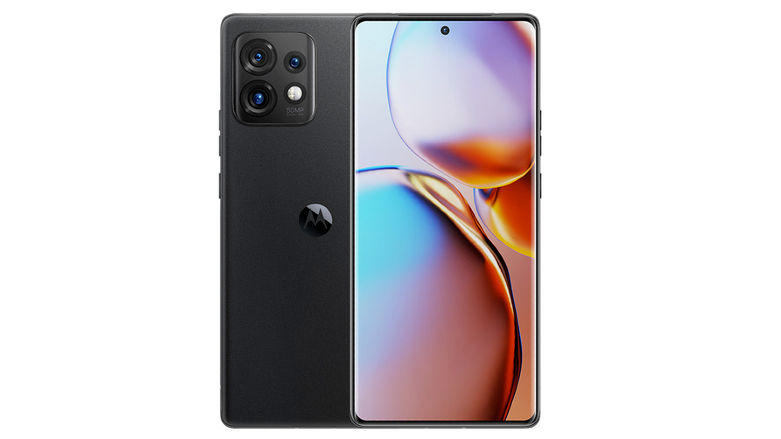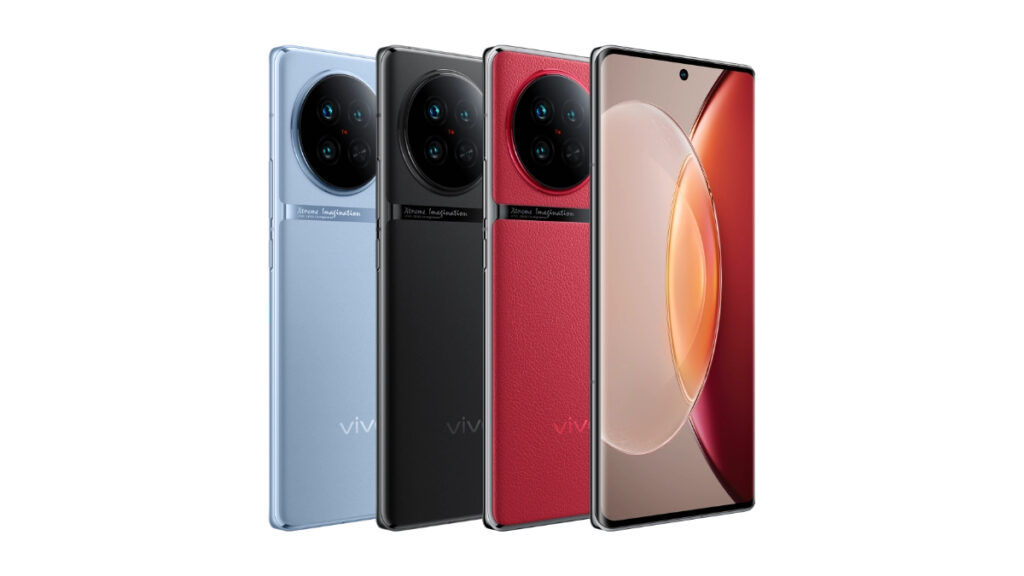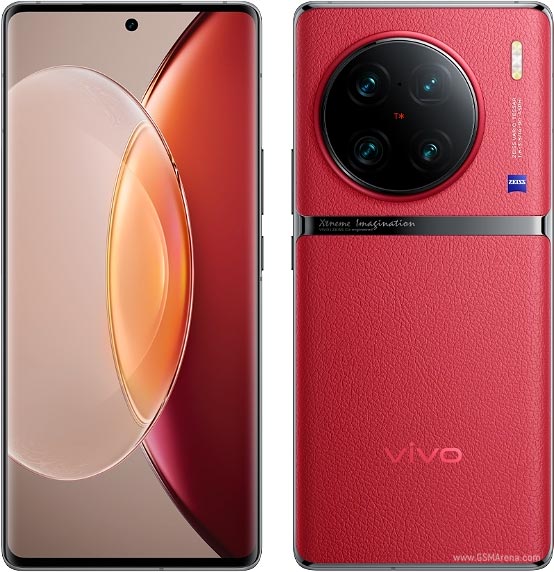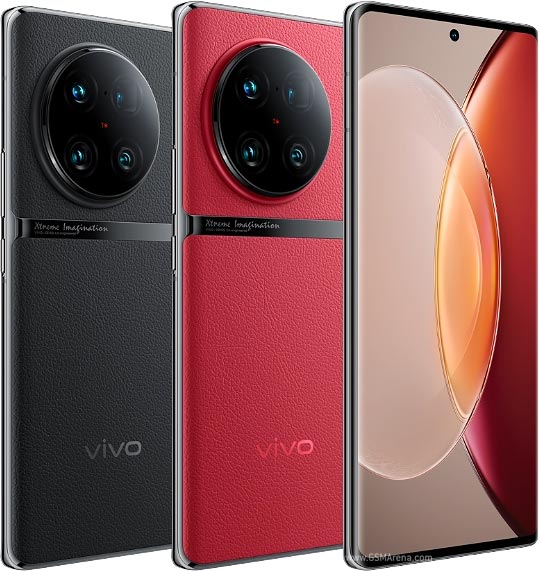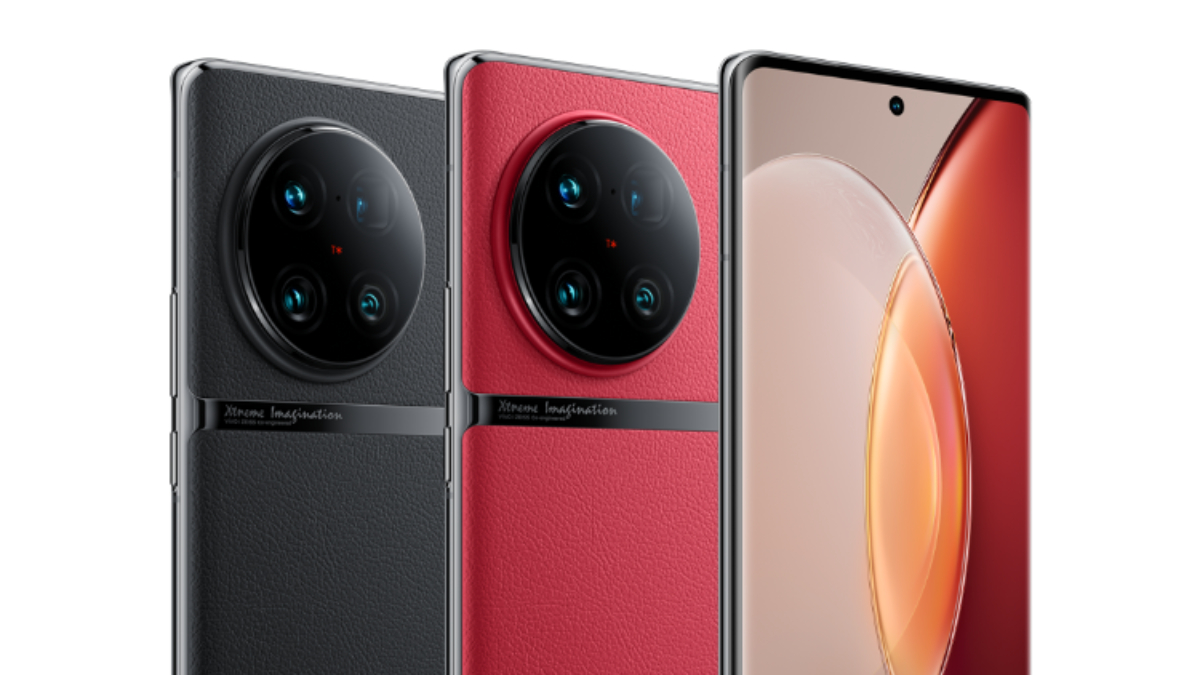Design
The Sony Xperia 5 V features a sleek metal and glass body, prominently showcasing a dual camera module on the rear and a convenient side-mounted fingerprint scanner. Notably, it retains the 3.5mm headphone jack and a microSD card slot—both becoming increasingly rare yet welcomed features in modern flagship smartphones.
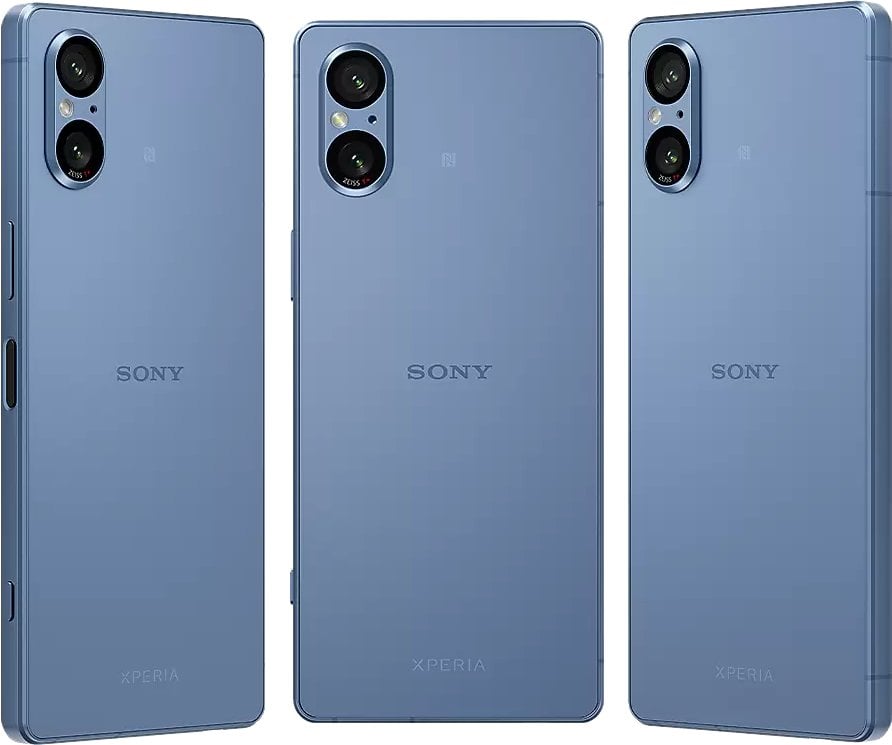
With an IP65/68 rating for water and dust resistance, this phone is built for durability. However, there are some design drawbacks to consider. The device has thicker bezels at the top and bottom, giving it a more boxy appearance compared to rivals with slimmer profiles and notched or punch-hole displays for the front-facing camera.
At 9.3mm thick and weighing 183g, the Xperia 5 V has a robust build. Its elongated shape may not be the most comfortable for one-handed use, but the matte finish on the rear provides a secure grip, reducing the chances of accidental slips compared to the recent Xperia 1 V.
The front and back of the phone are protected by Corning Gorilla Glass Victus 2, which incorporates around 22% pre-consumer recycled materials, while delivering excellent scratch resistance and improved drop protection on rough surfaces.
Screen and Audio
The Xperia 5 V boasts a 6.1-inch OLED display with a resolution of 2520 x 1080 pixels, resulting in a pixel density of 449ppi—slightly smaller but still impressive compared to the Xperia 1 V. The display supports HDR10+ and has a 120Hz refresh rate, ensuring smooth and vibrant visuals.
To enhance the viewing experience, the screen includes several custom features, such as Sony’s Creator Mode, which adjusts color settings based on the content, and Video Image Optimization, which improves video contrast and sharpness. The display is also protected by Corning Gorilla Glass Victus 2, making it resistant to scratches and drops.
However, the brightness could be higher, especially in outdoor settings, making it somewhat challenging to view in direct sunlight. Additionally, certain viewing angles may reveal a blue tint that affects color accuracy. While the resolution is lower than some competitors with QHD or higher displays, it remains more than sufficient for content consumption.
The Xperia 5 V is equipped with powerful stereo speakers positioned at the top and bottom, delivering loud and clear sound. The speakers support Dolby Atmos and DSEE Ultimate technologies, enhancing audio quality and detail. A Dynamic Vibration System adds haptic feedback to the audio output, which, while initially seeming gimmicky, becomes a delightful enhancement for movies and videos.
Kudos to the inclusion of the 3.5mm headphone jack, which makes it easy to connect wired headphones. The phone also supports LDAC and aptX HD codecs, ensuring studio-level audio quality for wireless listeners.
Interface and Operating System
Out of the box, the Sony Xperia 5 V runs on Android 13, enhanced with Sony’s minimalist custom interface, free of bloatware and ads. The interface includes practical features such as Side Sense for quick access to shortcuts, Game Enhancer for optimized gaming performance, Video Creator for easy editing and sharing, and access to Sony’s Bravia Core streaming service. Additionally, it offers professional-grade controls for photography and videography through the Cinema Pro, Photo Pro, and Video Pro apps.
However, the interface could benefit from more customization options, such as changing icon shapes or sizes and applying custom themes or fonts. Users have also reported some bugs and glitches affecting overall stability and performance.
One notable drawback is the phone’s update policy. Sony guarantees only two years of Android OS updates and three years of security patches, whereas competitors like Samsung offer four years of security patches and three years of OS updates. This limited update commitment may impact the Xperia 5 V’s longevity and usability.
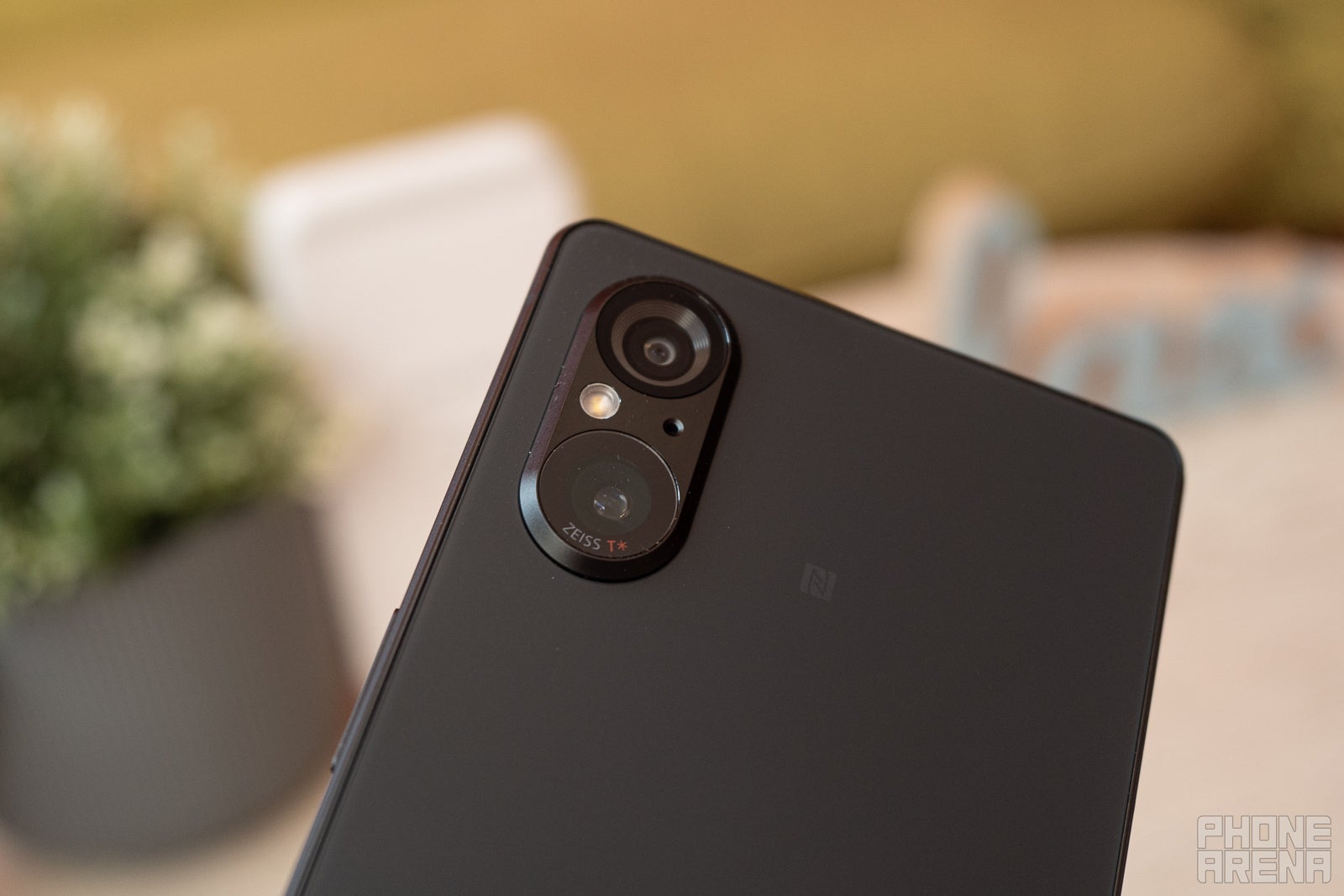
Storage and Memory
The Xperia 5 V comes standard with 8GB of RAM and 128GB of internal storage, sufficient for most users to run multiple apps seamlessly and store various media files. However, those who frequently capture high-resolution photos and videos or download large apps may find this storage capacity limiting.
Fortunately, the microSD card slot allows for expansion up to 1TB, although this may not be as fast or reliable as the internal storage.
Processor and Performance
Powered by the Qualcomm Snapdragon 8 Gen 2 processor, the Xperia 5 V stands out as one of the most capable chipsets on the market. This octa-core CPU, with a clock speed of up to 2.94GHz, is paired with an Adreno 740 GPU, supporting 5G connectivity, Wi-Fi 6E, Bluetooth 5.2, NFC, and GPS.
The processor excels in daily tasks, providing a smooth experience for browsing, messaging, social media, streaming, and productivity. It also performs exceptionally well in gaming, running most titles at high settings without lag.
However, the processor tends to generate significant heat during heavy use, which can make the phone uncomfortable to hold and may lead to thermal throttling. Additionally, it consumes a lot of battery power, which can affect overall battery life.
Camera and Video Quality
The Xperia 5 V features a dual-camera system on the rear, comprising a 12MP main camera with an f/1.7 aperture, optical image stabilization (OIS), and dual-pixel phase detection autofocus (PDAF), along with a 12MP ultra-wide camera with an f/2.2 aperture and a 124-degree field of view. Unlike its predecessor, it does not include a telephoto camera.
The front houses an 8MP selfie camera with an f/2.0 aperture. The main camera stands out, delivering stunning photos with exceptional detail, dynamic range, color accuracy, and impressive low-light performance. It supports various modes, including HDR, Night Mode, Portrait Mode, Panorama Mode, Manual Mode, and AI Scene Recognition, as well as video recording up to 4K resolution at 60fps or Full HD at 120fps with stabilization.
Professional-grade controls for video recording are available through the Cinema Pro app, allowing users to adjust settings like exposure, white balance, focus, shutter speed, ISO, color profile, and aspect ratio.
However, the ultra-wide camera does exhibit some distortion at the edges and tends to produce noise in low-light conditions, lacking autofocus or stabilization. Additionally, it only supports video recording up to Full HD at 30fps, while the selfie camera is decent for casual use but falls short in detail and dynamic range compared to the main camera. It also lacks HDR and Night Mode.
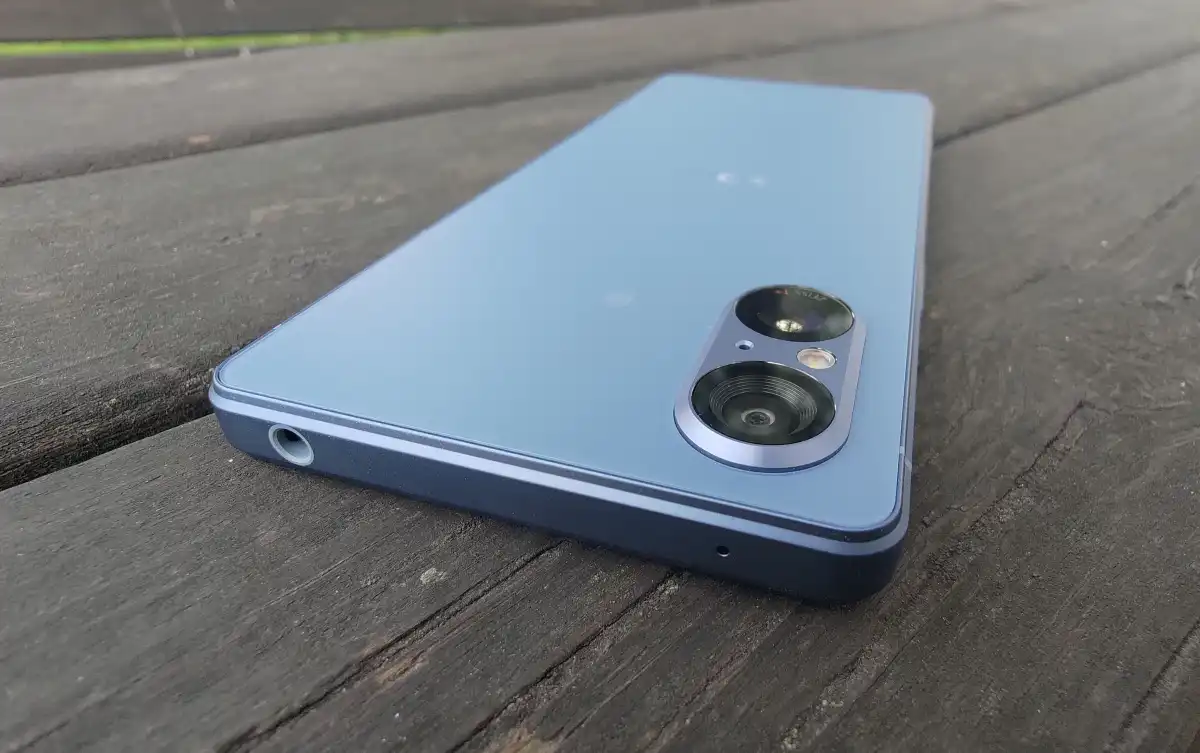
Battery Life
The Xperia 5 V is equipped with a 5,000mAh battery that supports fast charging up to 30W. Its battery life is generally sufficient to last through a day of moderate usage, handling tasks like browsing, messaging, and streaming without excessive drain.
However, its battery performance is not particularly impressive compared to competitors with larger batteries or more efficient processors. Usage of the 120Hz refresh rate, 5G connectivity, or gaming can significantly reduce battery life.
Conveniently, the phone also supports wireless and reverse wireless charging, features that are becoming standard in flagship devices.
Pricing in the UK and USD
The Sony Xperia 5 V is priced at £849 in the UK and approximately $1,049 in the United States. This positions it alongside flagship competitors like the Samsung Galaxy S23 and slightly above the base model of the iPhone 15, despite offering similar memory. However, it provides substantial value with its powerful processor, exceptional main camera, smooth OLED display, and compact design.
Final Verdict
The Sony Xperia 5 V is a compact powerhouse that delivers a cinematic experience through its 21:9 aspect ratio, professional-grade camera capabilities with the Photo Pro and Cinema Pro apps, and a vibrant display enhanced by a 120Hz refresh rate and HDR10+ support.
Running on Android 13, it features a minimalist interface with several valuable Sony enhancements, such as Bravia Core for Xperia and Game Enhancer.
Nonetheless, it has some drawbacks, including thick bezels, a bulky design, and an ultra-wide camera that doesn’t quite match the quality of the main shooter.
With a competitive price of £849 in the UK and approximately $1,049 in the US, the Xperia 5 V offers excellent quality and value, but it also faces competition from more affordable options with similar specifications. Additionally, its update policy may limit future software enhancements compared to rivals.
In summary, the Sony Xperia 5 V is an excellent choice for movie and gaming enthusiasts and anyone seeking a compact, high-performance device.
